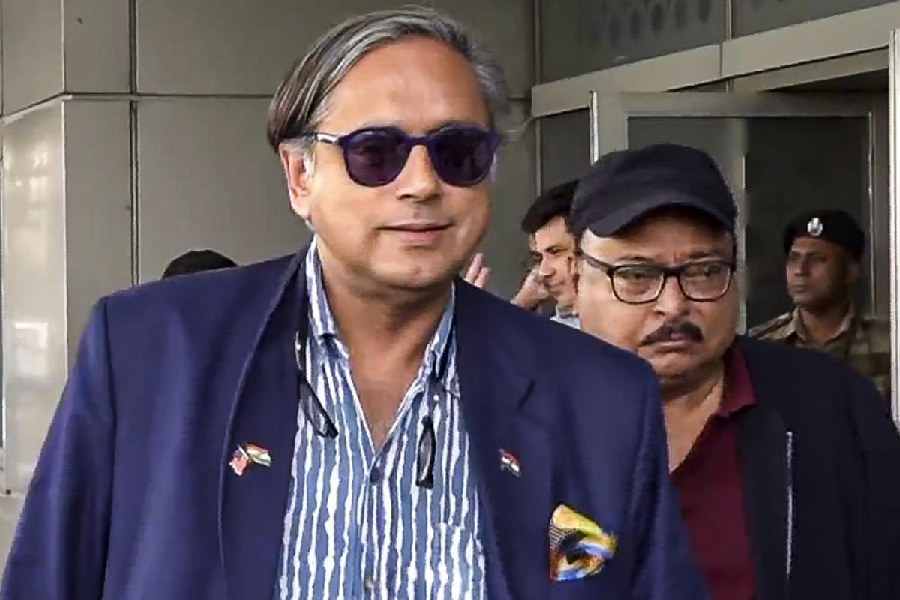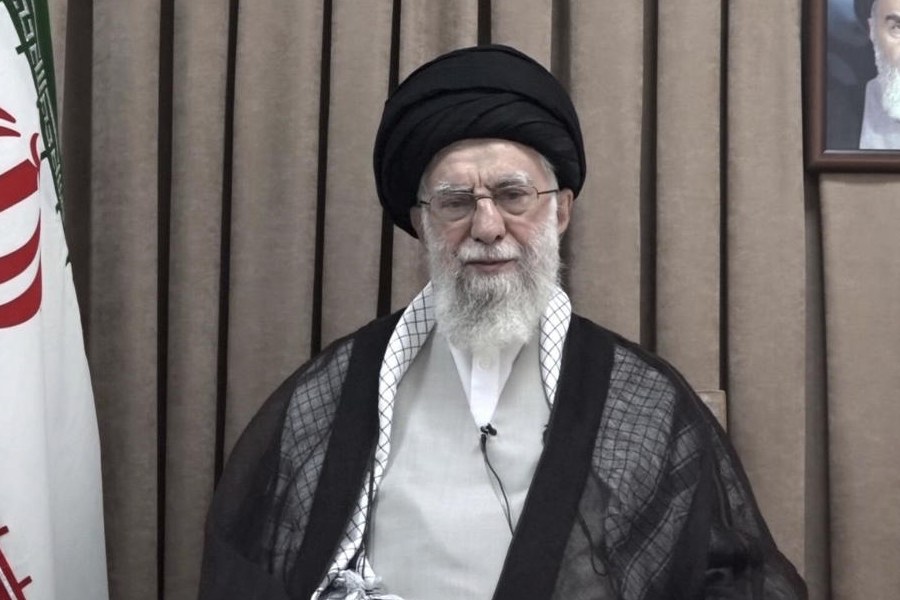
• A seasoned performer of Indian dance forms, Surja Shekhar was eager to pick up a few contemporary western moves.
• Snigdha Biswas was equally excited and willing to work hard to get the postures right.
For Surja Shekhar, Snigdha and many other dancers with disability, it was an opportunity of a lifetime to be part of an inclusive workshop conducted by Dan Daw and Mirjam Gurtner of the UK-based Candoco Dance Company.
The workshop, attended by 20 mainstream and differently abled dancers, focussed on the art of movement. "Every movement is different and we try to capture all the varied postures. Our workshops are the result of a well thought-out plan," said Gurtner, on her first visit to India.
The first step was a warm-up session where the dancers got to know each other through simple movements. The second step was more creative. "Here we turn pedestrian movements into something creative. Step III focuses on the dance composition," said Daw, who is disabled himself.
The idea is not to focus on the participants' limitations, but challenge them to do more. "Ultimately it's about bringing out the mental agility in all dancers," he said.
The Candoco duo have travelled around the world, performing and holding workshops, but both found the Indian audience curious and open to new skills. "Our workshop is inclusive but it is not dance therapy. We are more interested in creating art. I personally feel great about myself after a session of such choreographed movement," Daw said.
The two-hour workshop had students from Anjika, Anwesha-the Quest (NGOs that specialise in dance therapy), Mentaid and Indian Institute of Cerebral Palsy match steps with students of Rhythmosaic Dance Company.
From creating their own unique postures to learning to enjoy the dancing space, the students had an intensive training session.
"I am willing to practise hard and perfect whatever I learnt today," said Snigdha as her escort helped her to a chair.
Next day, it was the visitors' turn to perform before an audience at the ICCR. Studies for C, a 15-minute performance choreographed by Venezuelan Javier de Frutos, is inspired by Tennessee William's play Camino Real and Samuel Beckett's Waiting for Godot.
"I spent my whole dance career trying to move like a non-disabled person. In this dance Mirjam moves like me too and that has brought synergy to the performance," Daw said at a panel discussion after the performance.
Moderated by Sujata Sen, the director (east India) of British Council, the talk veered around inclusive dance practices. Other participants were dancer Preeti Patel, the director of Anjika dance academy, author-artiste Royona Mitra, and Gurtner.
Mitra and Patel spoke about the politics of exclusion in traditional dance practices. "Our gurus were very strict. They decided who can dance and who cannot," Patel said, adding how IICP students inspired her to come up with dance therapy moves. She went on to say how we are still not ready for an inclusive society. "Most auditoriums in the city don't have ramps. How can we have more inclusive shows?" she asked.
To the Candoco dancers it was the art that was more important than inclusion. "Why is inclusion and disability part of our rhetoric? Let's just call it dance. Let's not sell art with the inclusive tag," Daw said.
For Gurtner, inclusive dance meant working with different bodies. "That makes the moves more exciting. But inclusive dance does not mean anything goes in the name of art," she added.











